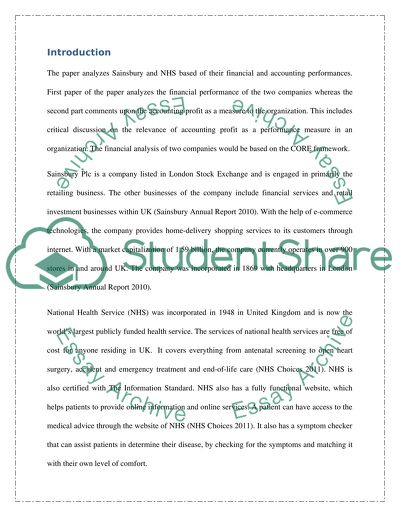Cite this document
(“Sainsbury and NHS Assignment Example | Topics and Well Written Essays - 1500 words”, n.d.)
Retrieved from https://studentshare.org/finance-accounting/1413125-accounting-representation
Retrieved from https://studentshare.org/finance-accounting/1413125-accounting-representation
(Sainsbury and NHS Assignment Example | Topics and Well Written Essays - 1500 Words)
https://studentshare.org/finance-accounting/1413125-accounting-representation.
https://studentshare.org/finance-accounting/1413125-accounting-representation.
“Sainsbury and NHS Assignment Example | Topics and Well Written Essays - 1500 Words”, n.d. https://studentshare.org/finance-accounting/1413125-accounting-representation.


